Vliehors

The Vliehors is one of the most impressive and unique nature areas of Vlieland. What makes the Vliehors so special? - Gigantic sand plain: This vast sandy area covers around 24 square ...
Oude Kooi
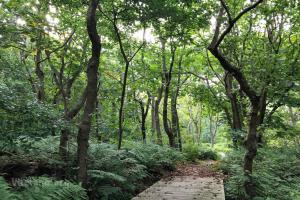
Het bos de Oude Kooi is een uniek en historisch natuurgebied op Vlieland. Samen met de eendenkooi werd het in 1898 aangelegd en daarmee is het het oudste bos van het eiland. Sinds 1956 staat de ...
Kroon’s Polders
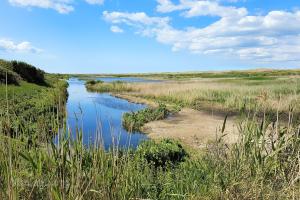
The Kroon’s Polders form a unique nature reserve in the western part of Vlieland, near the Posthuys and the vast sandplain of the Vliehors. What makes the Kroon’s Polders so special? - Four ...
Vuurboetsduin
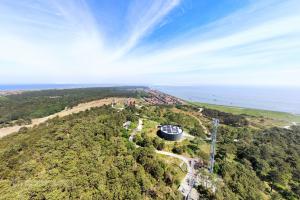
A climb of the Vuurboetsduin is an absolute must during your stay on Vlieland. Why a visit to the Vuurboetsduin should not be missed - Highest dune of the Wadden Islands: At 45 metres above sea ...
Bomenland
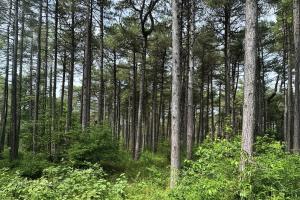
Bomenland is the oldest pine forest on the island and offers a unique mix of nature, tranquillity and impressive views. Here you can walk among coniferous and deciduous trees, spot special birds ...
Posthuiswad
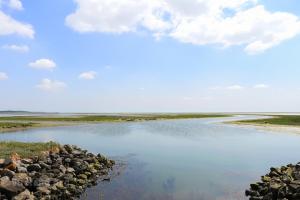
The Posthuiswad on Vlieland is an impressive nature reserve where you can experience the power of the tides and the richness of the Wadden Sea up close. What makes the Posthuiswad so special? - ...
Forest Area Lange Paal
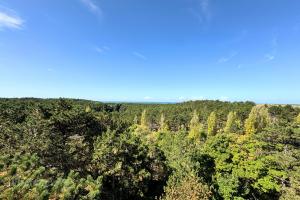
Discover a diverse natural landscape filled with forest, dunes, cranberry fields, and cultural history – located in the heart of Vlieland. What to expect in the Lange Paal forest? - Unique ...
Valley of Malgum
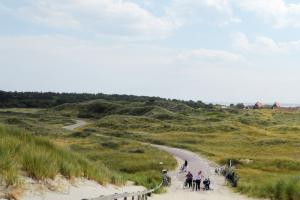
The Valley of Malgum is a quiet and picturesque dune area in the west of Vlieland. What can you expect in the Valley of Malgum? - Varied landscape: Walk or cycle along winding paths, open ...
Noordoosthoek
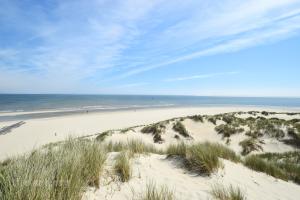
The Northeast Corner of Vlieland, often called the Noordestoek or Noorderstoek by the islanders, is the easternmost part of the island. For many visitors, this spot is known as “going around ...
Meeuwenduinen
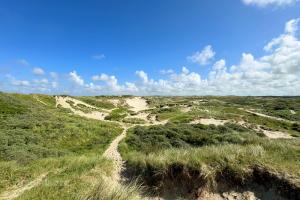
The Meeuwenduinen (Seagull Dunes) on Vlieland form a unique nature reserve on the western side of the island, nestled between the North Sea and the Kroon’s Polders. What can you expect in the ...
